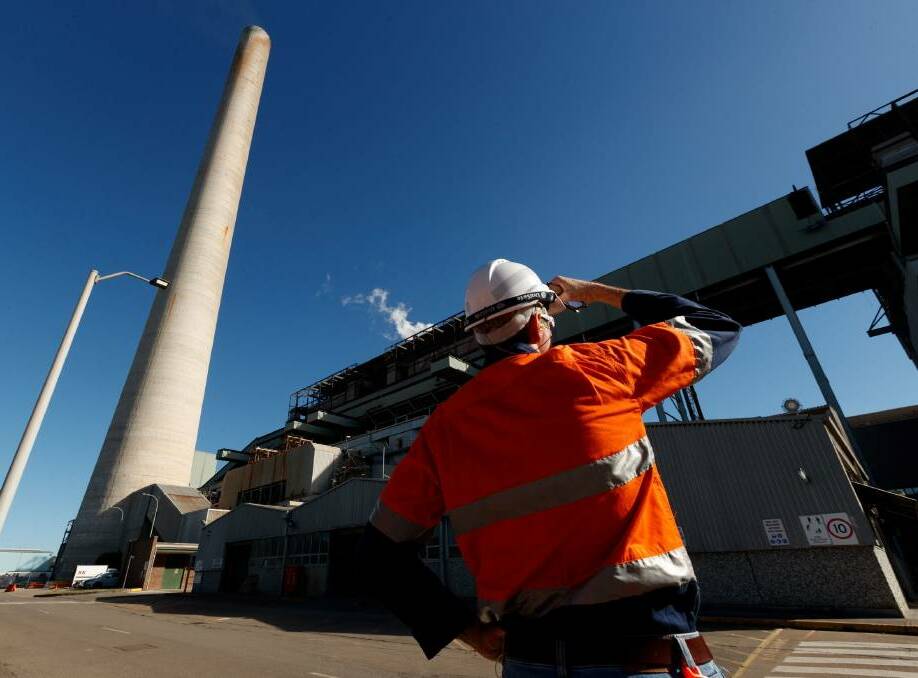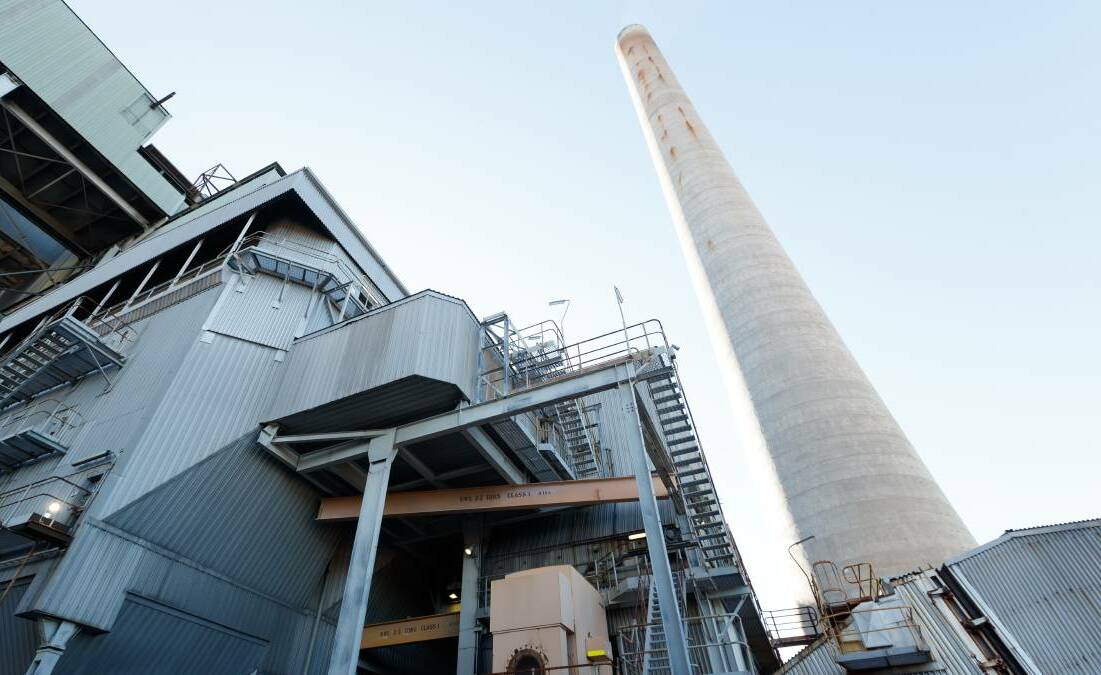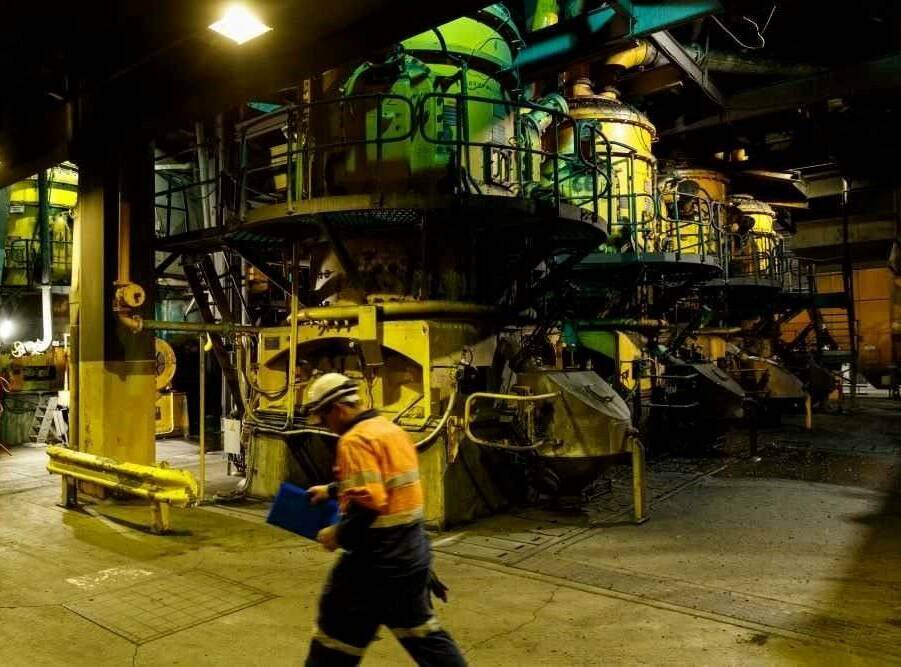
Liddell Power Station will shut down on April 28, the plant's owner AGL confirmed on Monday.
The event, which will mark an historic milestone in Australia's energy industry, will be preceded by the closure of the plant's three remaining 500 megawatt generators in 10 day intervals in the lead-up to the final closure.
A community open day is planned for April 29 for those keen to take one last look at the iconic coal generator, which has supplied about 10 per cent of NSW's power supply.
The remainder of the year will be spent decommissioning the site before one of the state's largest industrial demolition projects gets underway in early 2024.
It will continue for about two years before the site is reborn as a clean energy hub that will feature an estimated $1 billion-plus portfolio of industries including agriculture, clean energy and firming technologies, composting, coal ash recycling, green metals and advanced manufacturing.

The power plant contains about 70,000 tonnes of metal, including 3000 tonnes of highly valuable non-ferrous metals such as copper and chromium. By comparison, the Sydney Harbour Bridge contains only 50,000 tonnes of steel.
There's also about 120,000 tonnes of concrete that will be crushed and recycled.
The money made from recycling materials will help offset the $225million that AGL has budgeted for decommissioning and demolition works.
"Liddell has been a significant player in the state and national energy market for 50-plus years," AGL's director of the Liddell site's transition Brad Williams said.
"A key part of the AGL's strategic direction is transitioning these aged assets from an operational state into a closed state and then a rehabilitated state before they reopen as a new development state."
Following the plant's closure about 65 per cent of the 180-person Liddell workforce will move to the neighbouring Bayswater generator.
The shift is expected to initially result in about 50 surplus workers at Bayswater, however, the figure is expected to normalise within 12 months.

A small crew of about 20 will stay on to work on decommissioning the Liddell site, while the remaining workers will retire.
"We have put a lot of time and effort into the change readiness piece; how we train our frontline supervisors to lead this change as well as accommodating additional staff," Mr Williams said.
"We have also done lots of work on the mental health side of it as well. We recognise that closing Liddell is a massive change for the workforce and also the region. We are encouraging everyone to look after their mates and take time to talk.
"We are also working closely with an interdisciplinary group of employee representatives and the unions in terms of making sure we are being fully transparent."
About 2000 cubic metres of asbestos will need to be removed from the plant before demolition begins.
The majority of material comprises non-friable asbestos pipe that transfers coal ash to the ash dam.
It will probably be buried in a containment cell located at the same location as a 'borrow pit', which will be excavated to provide soil to cap the ash dam.
"There's no local asbestos waste dumps big enough to take that quantity of material. It's quite an effective strategy to make sure we get the trucks off the road rather than having asbestos-laden trucks rolling down the New England Highway," Mr Williams said.
The plant's 400 hectare ash dam, which contains about 70 million cubic metres of coal ash, will be capped with an impermeable layer followed by a growth layer.
It is envisaged the work will take between five to seven years to complete. The land will then be suitable for agriculture or clean energy projects.

The decommissioning, demolition and rehabilitation project also includes a 30 per cent-plus target for local procurement, and a five per cent-plus target for local indigenous procurement.
There are also targets for the creation of new traineeships and a 90 per cent target for recycling materials.
"One of the things we're really keen to see as part of this transition project is to make sure that in 10 years time we can look back at the work that was performed at Liddell with a sense of pride in terms of the work that was done, but also the additional aspects of the programme that were achieved along the way," Mr Williams said.
To see more stories and read today's paper download the Newcastle Herald news app here.







